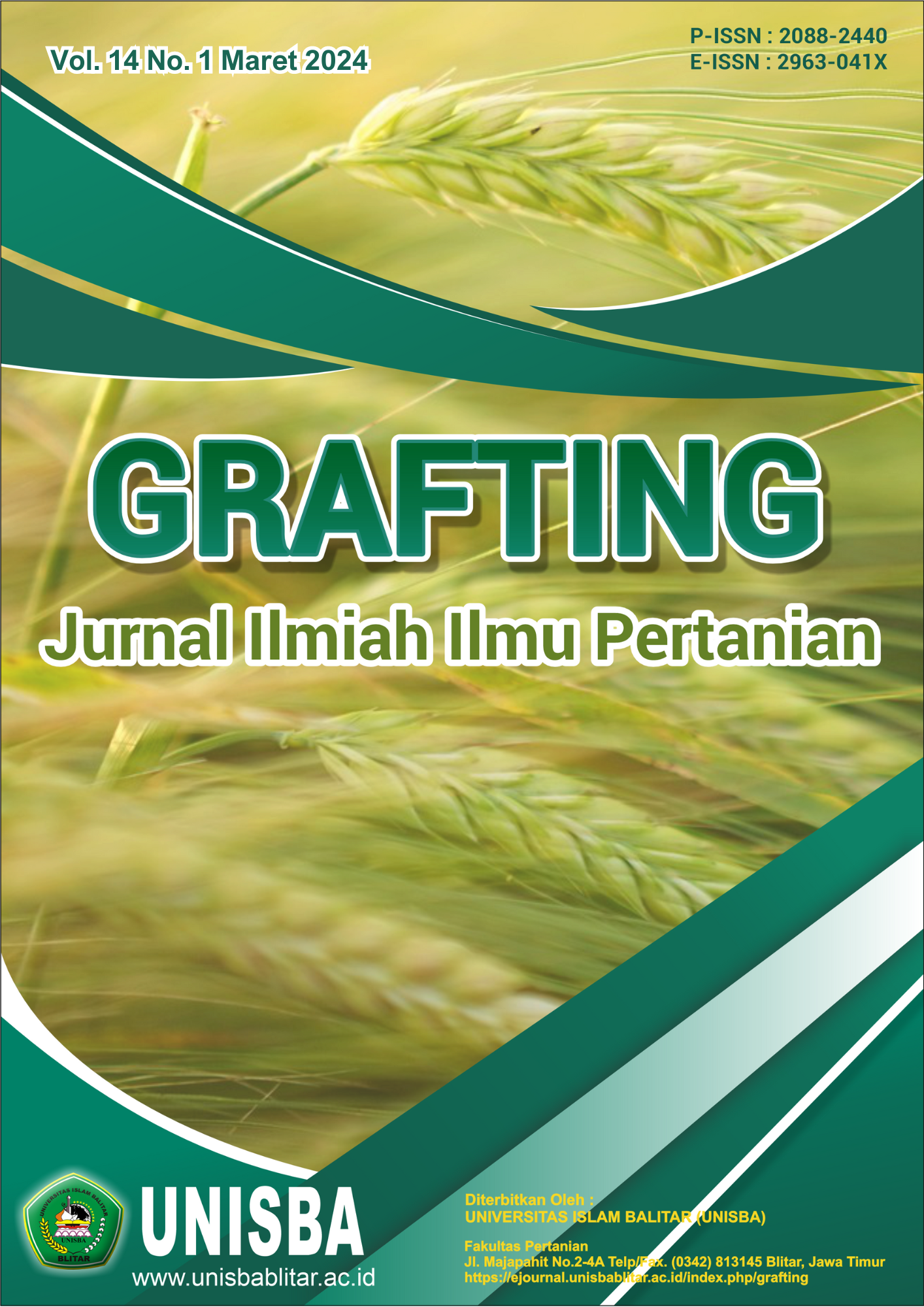ANALISIS KELAYAKAN FINANSIAL USAHA PEMBENIHAN IKAN NILA LARASATI (0REOCHROMIS NILOTICUS) STUDI KASUS USAHA BAPAK MALIK DI DESA KOTALINTANG ACEH TAMIANG
Abstract
This study aims to analyze the financial feasibility of Mr. Malik's Larasati Tilapia (Orechromis niloticus) Hatchery in Kotalintang Village, Aceh Tamiang. This study uses a case study method and is analyzed descriptively quantitatively using Microsoft Excel tools. Data collection methods used are primary data and secondary data. Respondents in this study were Mr. Malik as the owner and manager of the Larasati Tilapia (Orechromis niloticus) hatchery business. The analysis that is calculated is Production Cost, Revenue, Profit, Net Present Value (NPV), Net B/C, Internal Rate Of Return (IRR), and Payback Period. The results obtained from this study are as follows: 1) The investment cost incurred is IDR 37,490,000. total production costs incurred Rp.121,027,000. Total Revenue of IDR 258,500,000. The profit earned is IDR 137,473,000. 2) Net Present Value (NPV) of IDR 53,418,844 is greater than 0, Net B/C Ratio of 2.42 greater than 1, Internal Rate Of Return (IRR) of 50.58% greater than the interest rate of 10.5%, and Payback Period (PP) of 2.2 years less than 5 years so it can be concluded that it can be concluded that Mr. Mailik's larasati tilapia hatchery in Kotalintang Village, Aceh Tamiang is feasible to run or continue because it is profitable for Mr Malik.
Copyright (c) 2024 Kartika Sari Kartika Sari, Thursina Mahyuddin, Supritiswendi Supritiswendi

This work is licensed under a Creative Commons Attribution-ShareAlike 4.0 International License.
Authors who publish with this journal agree to the following terms:
- Copyright on any article is retained by the author(s).
- The author grants the journal, right of first publication with the work simultaneously licensed under a Creative Commons Attribution License that allows others to share the work with an acknowledgment of the work’s authorship and initial publication in this journal.
- Authors are able to enter into separate, additional contractual arrangements for the non-exclusive distribution of the journal’s published version of the work (e.g., post it to an institutional repository or publish it in a book), with an acknowledgment of its initial publication in this journal.
- Authors are permitted and encouraged to post their work online (e.g., in institutional repositories or on their website) prior to and during the submission process, as it can lead to productive exchanges, as well as earlier and greater citation of published work.
- The article and any associated published material is distributed under the Creative Commons Attribution-ShareAlike 4.0 International License





